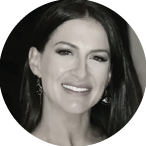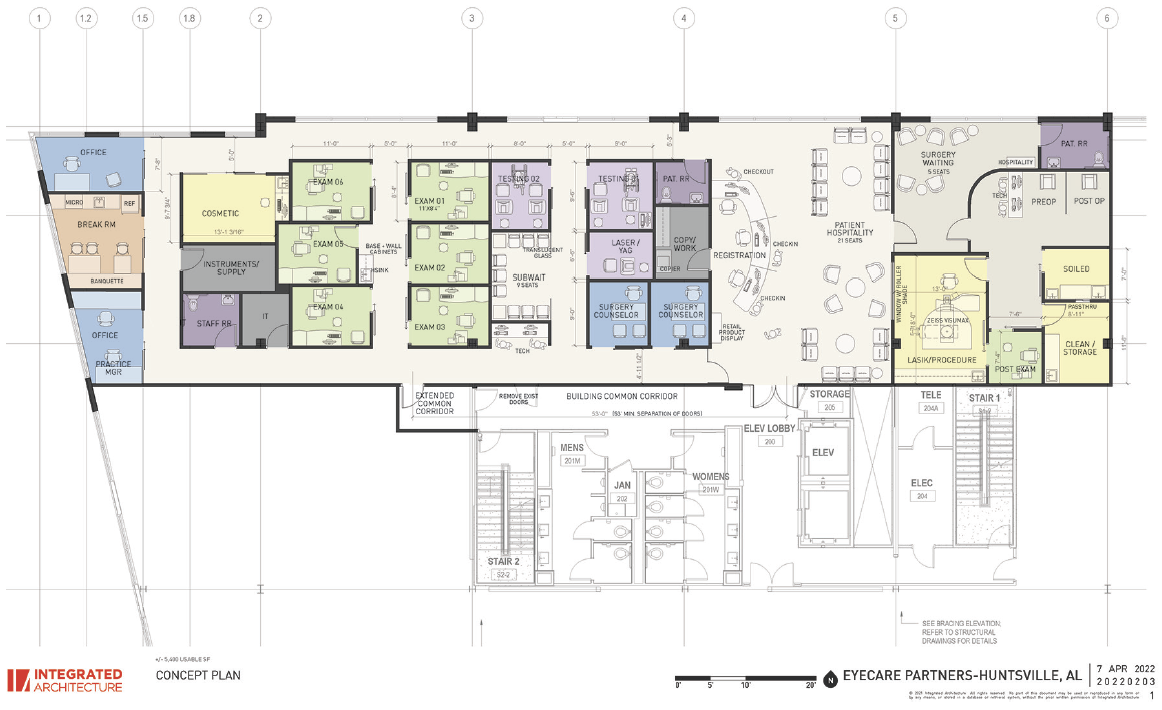
Over the past decade, private equity (PE) companies have infiltrated ophthalmology and shifted our way of thinking about the private practice model. Many of the initial skeptics, myself included, have come to appreciate the efforts made by PE to reinvent the way large, successful practices sustain themselves.
MY INTRODUCTION TO PE
My first experience with PE came during my fellowship at The Eye Institute of West Florida with Robert J. Weinstock, MD. While I was there, the highly successful, high-volume practice with five offices and two ambulatory surgery centers transitioned to a new practice model under Eye Care Partners (ECP), a well-respected PE group.
When I started my fellowship at The Eye Institute, there were rumors of an impending PE acquisition. Because I knew little about the business of ophthalmology or PE at that time, I felt anxious about the unknowns and the potential changes an acquisition could bring. To mitigate these feelings, I asked our chief financial officer to help me learn about the areas of the practice that doctors rarely see without starting a practice from the ground up.
I immersed myself in the world of private practice, including billing, coding, back-office management, and staff hiring. I didn’t want to fear the unknown and panic about potential shifts in leadership, patient care, and everyday logistics. Instead, I took steps to understand how these big companies work and why they target specific practices, especially in ophthalmology.
When the deal was no longer a rumor, and as I learned more about the PE space, I became curious about Dr. Weinstock’s decision to take the practice in that direction. Those who know him well know that he is not impulsive. I knew his decision would have been well thought out and that he would have worked through every painstaking detail before committing. When I asked him, his response reassured me that the move was right for the practice and that patients would continue to receive the same level of care they had come to expect at The Eye Institute. It also became clear to me that PE is the future of private practice.
PREPPED FOR SUCCESS
My fellowship experience gave me the tools to succeed in solo private practice, whether I chose to remain in the same PE group, find another PE group, or venture outside of PE altogether. I felt that the knowledge and expertise I gained through my fellowship would be best translated in a solo private practice, and I chose to do it under the guidance and leadership of my mentors and ECP rather than seek a position at an established practice.
My reasoning is simple. For a new hire straight out of fellowship, it could be difficult to justify to the leadership of a long-established practice how purchasing additional and expensive equipment would help me (and other surgeons in the practice) perform at the highest level. On the other hand, the PE-backed private practice model allows me the opportunity to create a practice I know will be successful.
TWO WAYS TO GROW
The growth of a well-oiled, high-volume private practice is one of ECP’s goals. There are two ways to grow a private practice: (1) purchase another successful practice or (2) start a practice with a newly hired doctor. With the guidance and leadership of both Dr. Weinstock and ECP, I am pursuing the latter.
I am working toward opening a solo private practice in Huntsville, Alabama. ECP owns five optometry offices and employs 12 optometrists in Huntsville and had interest in opening an ophthalmology practice in the same area. In my new position, I am responsible for organically growing the practice within the PE group. I also hope to expand the technology and procedures that are commonly offered in the area to help care for its rapidly growing population.
THE BUSINESS MODEL
ECP provides me with the financial support I need to start the practice. I have extensive autonomy to develop the practice according to the proven and sustainable business model of The Eye Institute of West Florida. Partnering with ECP allows me to mimic the creation of an individualized office with support from a large company. The ECP leadership members have put a lot of trust in me although I am so early in my career.
I was given a fair and competitive contract. ECP determined the budget for startup expenses, and we have gone through my projected earnings and production for the next 5 years.
Like most young surgeons out of training, I am eager to begin this new chapter of my professional career. Patience with the process has allowed me to immerse myself in every aspect of building the practice. I found the building and designed the entire office and refractive suite (Figures 1 and 2). I am currently choosing equipment, which is not an easy decision because of the number of quality options that are available today.

Figure 1. The building Dr. Watson selected for Alabama Vision Center at the Range.

Figure 2. The concept layout for Alabama Vision Center at the Range.
Figures courtesy of Randy Pease, AIA, Integrated Architecture
Alabama Vision Center at the Range is not yet fully up and running, but things are moving in the right direction. As with all new things, I expect a period of adjustment. I am the new kid in town, so I must stay humble and familiarize myself with the intricate web of local medical professionals and colleagues. This opportunity is unique, and I am grateful to have so much trust invested in me early in my career.
the best of both worlds
I can see how daunting it would be to take on large amounts of debt as a solo physician starting a practice from scratch (see “From Ophthalmic Training to Practice Owner,” by Dagny C. Zhu, MD, pg 50). Opening a new PE-backed solo private practice was the right decision for me. It is a long process, and there have been many bumps in the road. Knowing that I am under the same PE umbrella as my mentor, however, gives me great comfort. When problems arise, I know Dr. Weinstock will be there to support me.
I have found the PE business model to be the best of both worlds. It mitigates the high financial and professional risks associated with starting a traditional solo private practice while giving me the freedom to build a practice and care for patients the way I was trained.
CONCLUSION
After ophthalmology training is complete, career direction becomes top of mind. I encourage residents and fellows to explore the unique option of a PE-backed private practice model when they begin their job hunt.




